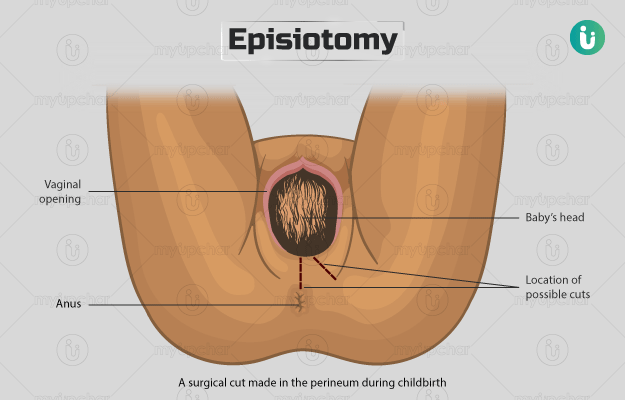Summary
Episiotomy or perineotomy is a procedure performed during the delivery of a baby. In this procedure, a doctor cuts the perineal region (the area between the vaginal opening and anus) of a woman during childbirth, to allows for quick delivery of the baby from the vagina. You may need an episiotomy in various conditions such as if the baby is in breech position or if you are tired because of pushing the baby for a long time. During the surgery, local anaesthesia is injected into the surgical area. You may not need local anaesthesia if epidural anaesthesia has been given. The surgery site is stitched after the delivery of the baby. You can take pain-killer medicines as prescribed by your doctor or apply an ice pack to reduce the pain. Taking a bath in warm water can also be beneficial after the surgery.






































